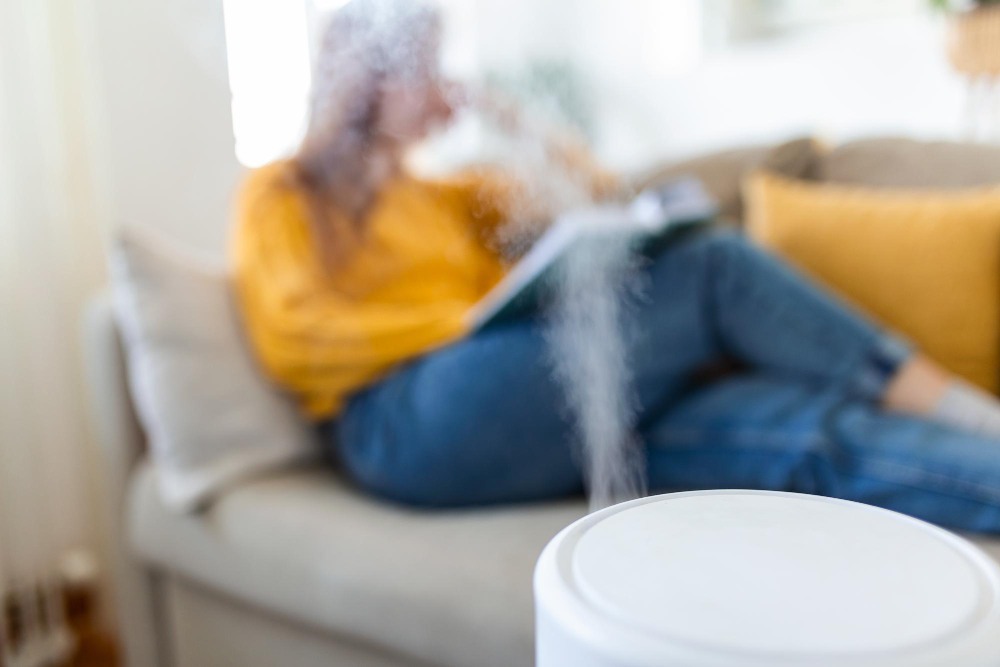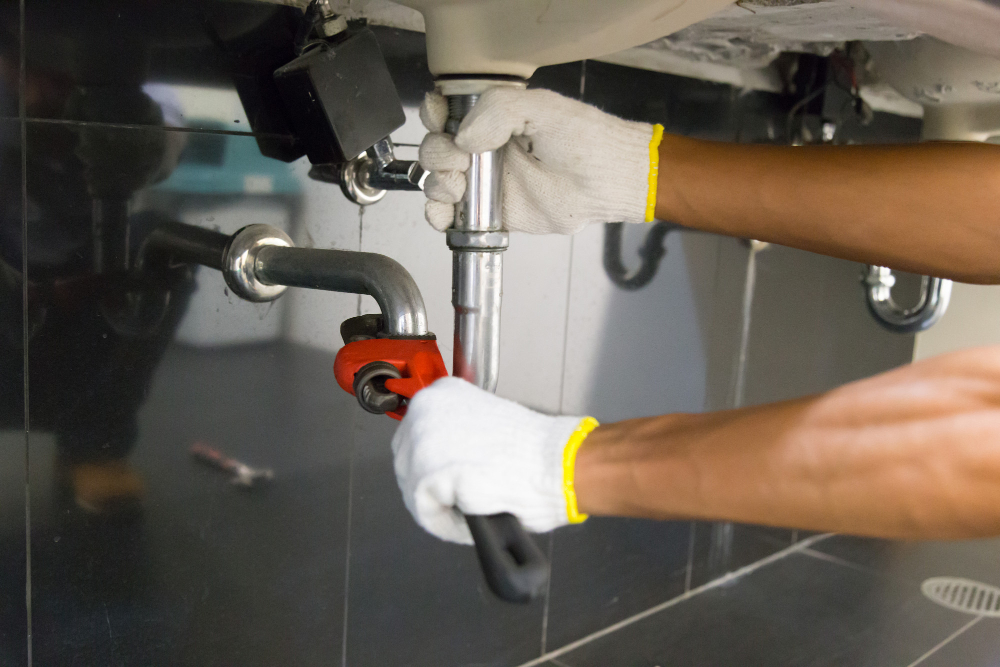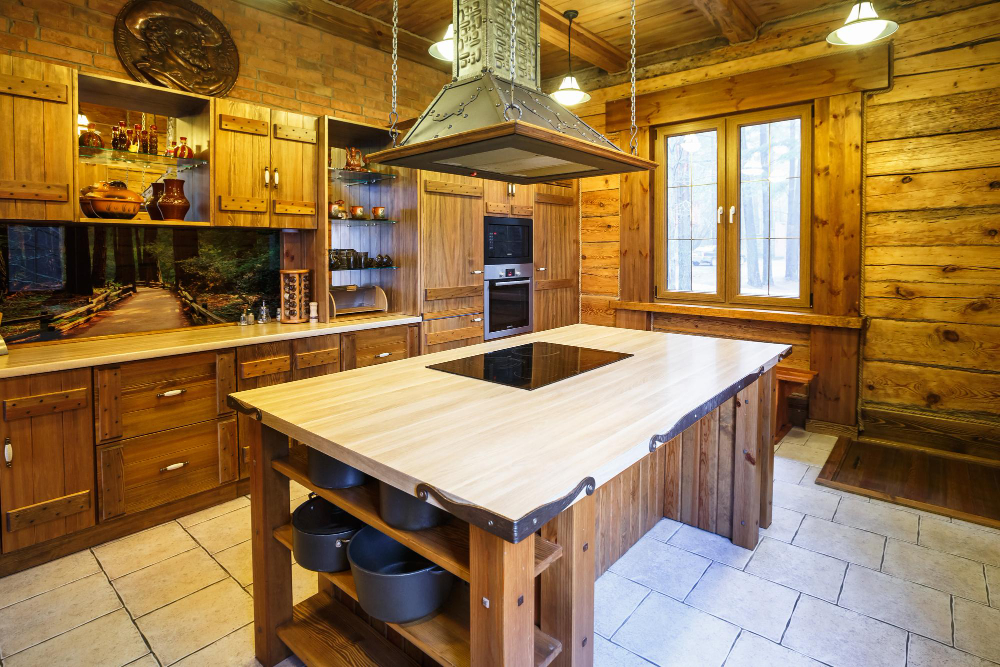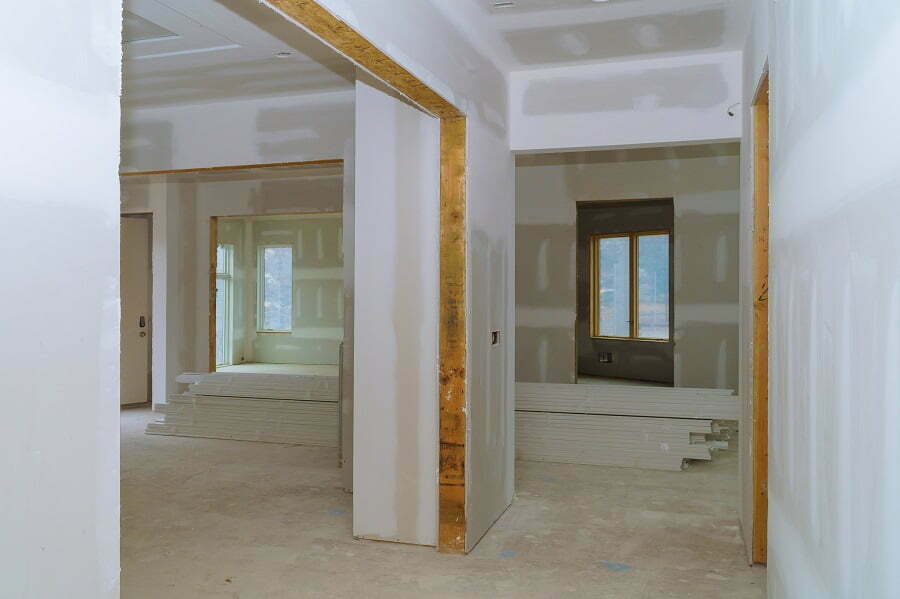Last updated on
Mold – a silent invader that creeps into your home, often unnoticed until it’s too late. Its presence is not just an aesthetic issue; it can also pose significant health risks, including respiratory problems and allergic reactions. Recognizing this potential menace, it becomes essential to understand how to prevent mold growth in your home.
This guide will provide practical tips and preventative measures to help you maintain a healthy, mold-free environment for you and your loved ones.
Control Humidity Levels

Controlling humidity levels is the first crucial step in preventing mold growth. You might wonder, Does mold grow better in cold or warm temperatures? Contrary to popular belief, mold thrives in warm and humid conditions. Therefore, it’s vital to keep the humidity levels in your home below 50% at all times. You can measure humidity levels with a device called a hygrometer, which is readily available at your local hardware store.
Once you know your home’s humidity level, you can control it with dehumidifiers and air conditioners. Additionally, simple steps such as venting moisture-producing appliances like clothes dryers to the outside and using exhaust fans when cooking, dishwashing, or showering can help keep humidity levels low. Regularly monitoring and controlling humidity in your home is an effective strategy to prevent mold growth.
Ensure Proper Ventilation

Proper ventilation is essential in preventing mold growth. Poor air circulation can trap moisture and create an ideal environment for mold to thrive. To improve ventilation, keep doors between rooms open, especially those typically damp, like bathrooms and laundry rooms. Open windows to allow fresh air into your home.
In areas with high humidity levels, such as the bathroom or kitchen, use exhaust fans to remove excess moisture. When using these areas, make sure to run the fans for at least 30 minutes after you’re finished to ensure all the humidity is removed.
Fix Leaks and Moisture Issues

Mold needs moisture to grow, so it’s essential to fix any leaks or moisture issues in your home promptly. Leaks in your roof or plumbing can lead to excessive moisture, which provides an ideal breeding ground for mold. Be vigilant and address any signs of water damage, such as discoloration or peeling paint, immediately.
Timely repairs can prevent a small moisture problem from becoming a significant mold issue. Regularly check places prone to leaks, such as the roof, pipes, and walls, especially during and after rainy seasons. By addressing leaks and moisture issues swiftly, you can significantly reduce the risk of mold growth in your home.
Use Mold-resistant Products

When building or renovating your home, consider using mold-resistant materials. These include paints, building materials, and even certain types of furniture, all designed to resist mold, even in damp conditions. Mold-resistant drywall and paint, for example, can be particularly beneficial in rooms prone to dampness, such as basements, bathrooms, and kitchens.
Additionally, certain types of treated wood are resistant to both mold and rot, making them ideal for use in locations where water exposure might occur. By incorporating these products into your home, you add another layer of defense against mold intrusion. Such preventative measures can save significant time, money, and stress in the long run by reducing the likelihood of future mold problems.
Regularly Clean and Inspect Your Home
Regular cleaning and maintenance are crucial in preventing mold growth. Mold spores can quickly enter your home through open windows or doors, on clothing and shoes, or even by hitching a ride on your pet. By regularly sweeping, vacuuming, and dusting your home, you can remove any stray spores before they have a chance to settle and grow.
Inspecting your home periodically can also help you identify any potential mold issues before they become a significant problem. Check for signs of mold in areas such as the basement, attic, and under sinks or appliances where dampness is common. By being proactive and regularly cleaning and inspecting your home, you can nip mold growth in the bud.
Store Belongings Properly
Unfortunately, mold can grow on almost any surface, including clothing, furniture, and other household items. To prevent this from happening, make sure to store your belongings properly. Avoid storing items in damp or dark places like basements or attics. Instead, opt for well-ventilated storage areas with natural light.
If you’re storing items that have been in a damp environment, make sure they are completely dry before storage. You can also use moisture-absorbing products like silica packs or dehumidifiers to keep stored items dry and prevent mold growth.
Mold is a common household issue that can cause significant health problems if left unchecked. By following these preventative measures, you can significantly reduce the risk of mold growth in your home.
Keep an eye on humidity levels, ensure proper ventilation, address leaks and moisture issues promptly, use mold-resistant products, regularly clean and inspect your home, and store belongings properly to maintain a healthy, mold-free environment for you and your loved ones. Keep mold from taking over your home – be proactive in preventing its growth.
Related reading:
Table of Contents





